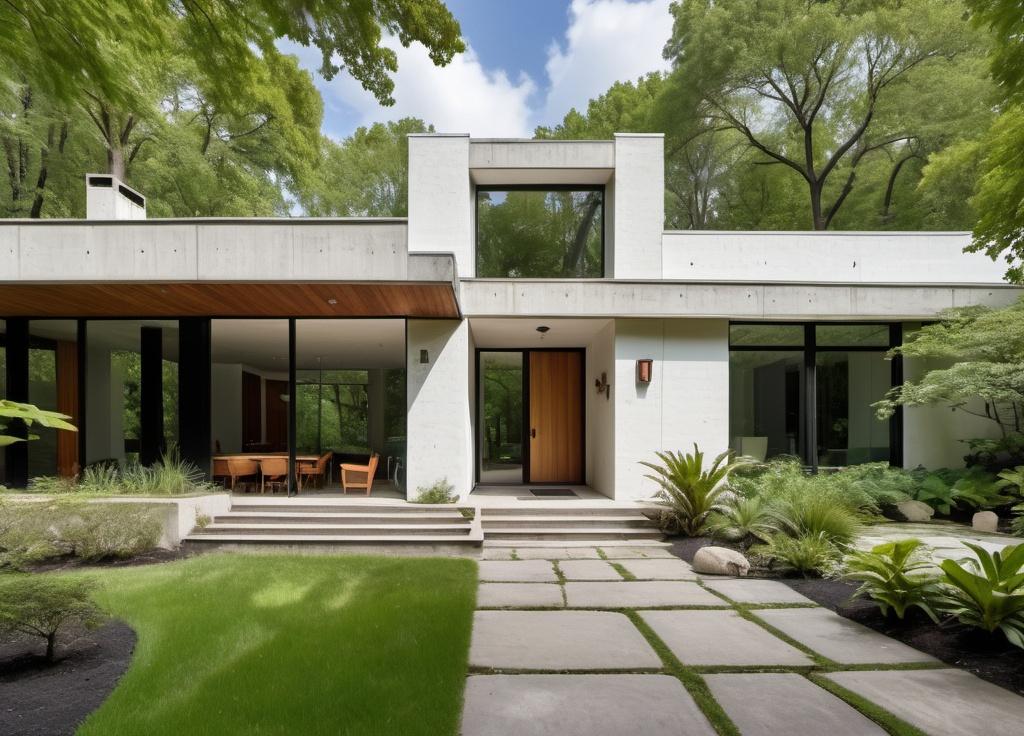One of the most common questions I get asked by potential clients, and others when I say I am an architect, is “What style do you design in?”
I used to have a hard time answering this question because if I say “Modern” that conjures up images for people of sterile office buildings, cold minimalist interiors, or glass and steel office buildings.
But none of those types of buildings inform my designs. Having studied architectural history both in training as an architect, and at the graduate level to get my degree in the history and theories of architecture, I am inspired by what I consider the best of modern architects: Alvar Aalto, Louis Kahn, Charles and Ray Eames, Alison + Peter Smithson, Aldo van Eyck, and others, who developed their own design languages that were rich, tactile, evocative, cozy, and livable.
I have spent my career working to develop my own design language inspired by the work of those architects and others. What I have come up with I call Comfortable Modern.
Comfortable Modern blends comfort and functionality with ideas about how best to live in the 21st century and making our houses our homes. The key ideas are also a great way of achieving a luxury life-style without spending luxury money.

Comfortable Modern’s key ideas guiding design are: listening to the needs of the clients, an emphasis on comfort, simple functional plans, connections between the inside and outside, ample natural light, using natural materials, and organic textures and neutral colors.
Lets look at each of these briefly, so you can get an idea about what Comfortable Modern is and can be.
Listening to the needs of the clients
This is really a “no brainer.” All architects start with the needs of their clients. But many architects seem to listen selectively. I believe that at the root of every successful project, one where the clients are happiest when they move in, is the fact that the architect really heard what it is the clients want and need, and delivered it.
An emphasis on comfort.
Comfort means different things to different people. For some it is about cozy textures and plush rugs. For others it’s about amply storage and super efficient layouts. For others it’s about lounging in a sunny spot with a cup of hot tea. All of those things can be incorporated into a Comfortable Modern design.
Simple functional plans
Personally, I like open plan living. But not everyone does. Comfortable Modern homes are designed with simple lines, and a natural flow of spaces one into the next, open where appropriate, and closed where it needs to be. The plans provide functional relationships between spaces, and ample storage to keep clutter to a minimum.

Connections between the indoors and outdoors
Here in California, we are blessed with wonderful weather for much of the year. Being able to seamlessly join the interior of the house to the exterior of the house brings the outdoors in, and allows our lives to flow out into the garden, making our homes live much larger than they actually are.

Ample natural light
Natural light in a home is another way to connect to the out of doors, and with nature. It brightens our living spaces, making small spaces feel bigger, and helps to reduce the use of electricity to light our homes during the day. Daylight in a home is proven to make people feel better.

Using natural materials
Comfortable Modern homes use natural materials like wood, stone, natural fibers, and plants to create a sense of harmony with nature. It also helps to create a calming and relaxing atmosphere. It makes a home feel more authentic, grounding it in harmony with the natural world.
Using organic textures and neutral colors
Using natural materials also contributes to the use of organic textures and natural, neutral colors. Using wood, stone, brick, bamboo, wool, and other organic materials also brings with it many different, tactile textures that enrich the environment and activate other parts of our brains. Using these natural textures and neutral colors helps to create a spa like ambiance, emphasizing the cozy and relaxing nature we want in our homes.

When we combine these design ideas with modern “smart home” features that allow us to control and automate our lighting, thermostats, security, and audio systems, a Comfortable Modern home can truly be your sanctuary.
The key ideas behind Comfortable Modern are also, for me, the definitions of a luxurious way of living. Applicable to new homes, ADUs, additions, and remodels, Comfortable Modern is a versatile and appropriate response to today’s housing. With its emphasis on open spaces, natural light, connections with nature, and family friendly layouts, this way of design can provide a modern, convenient, comfortable, efficient place to live, the perfect expression of an easy, luxurious, California lifestyle.
Cheers,

David
If you are interested in building a new home, an ADU, or remodeling your current home, get your copy of my Project Planning Cheat Sheet to help you prepare by setting a realistic budget and schedule. Just sign up in the form on the right side of this page





